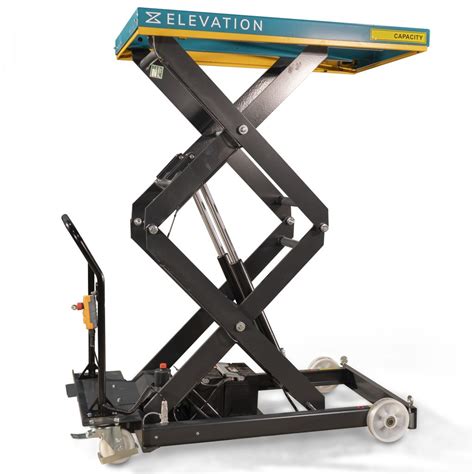5 Mobile Lifting Tips

The world of mobile lifting is a complex and ever-evolving field, with new technologies and techniques emerging all the time. As a professional in the industry, it's essential to stay up-to-date with the latest developments and best practices. In this article, we'll explore five mobile lifting tips that can help you improve your skills and stay safe on the job. Whether you're a seasoned expert or just starting out, these tips are designed to provide you with the knowledge and expertise you need to succeed.
Understanding the Fundamentals of Mobile Lifting

Before we dive into the tips themselves, it’s essential to understand the basics of mobile lifting. Mobile lifting refers to the use of specialized equipment, such as cranes, hoists, and forklifts, to lift and move heavy objects. This type of lifting is commonly used in construction, manufacturing, and logistics, and requires a high level of skill and expertise. To get started, you’ll need to familiarize yourself with the different types of mobile lifting equipment, including hydraulic cranes, electric hoists, and rough-terrain forklifts.
Key Points
- Understand the fundamentals of mobile lifting, including the different types of equipment and their applications
- Always conduct a thorough risk assessment before starting a lift
- Use proper lifting techniques, including centering the load and using stabilizers
- Regularly inspect and maintain your equipment to ensure it's in good working order
- Stay up-to-date with the latest industry developments and best practices
Tip 1: Conduct a Thorough Risk Assessment
Before starting a lift, it’s essential to conduct a thorough risk assessment to identify any potential hazards. This includes evaluating the weight and size of the load, as well as the terrain and environment in which the lift will take place. You’ll also need to consider factors such as wind, weather, and obstacles, and take steps to mitigate any risks. By taking the time to assess the risks, you can help ensure a safe and successful lift.
| Risk Assessment Category | Considerations |
|---|---|
| Load Characteristics | Weight, size, shape, and center of gravity |
| Environment | Terrain, weather, wind, and obstacles |
| Equipment | Condition, capacity, and configuration |

Tip 2: Use Proper Lifting Techniques
Once you’ve assessed the risks, it’s time to start the lift. To do this safely and successfully, you’ll need to use proper lifting techniques. This includes centering the load, using stabilizers, and ensuring that the equipment is properly configured. You’ll also need to communicate clearly with your team and follow established protocols. By using proper lifting techniques, you can help prevent accidents and ensure a smooth operation.
Tip 3: Regularly Inspect and Maintain Your Equipment
Regular inspection and maintenance are critical to ensuring that your mobile lifting equipment is in good working order. This includes checking for wear and tear, performing routine maintenance tasks, and addressing any issues promptly. By keeping your equipment in top condition, you can help prevent accidents and ensure that your operations run smoothly.
Tip 4: Stay Up-to-Date with Industry Developments
The mobile lifting industry is constantly evolving, with new technologies and techniques emerging all the time. To stay ahead of the curve, it’s essential to stay up-to-date with the latest developments and best practices. This includes attending industry events, reading industry publications, and participating in training and certification programs. By staying current, you can help ensure that your skills and knowledge are always relevant and effective.
Tip 5: Use Technology to Your Advantage
Finally, it’s worth noting the importance of technology in mobile lifting. From crane simulators to fleet management software, there are many tools available to help you improve your skills and streamline your operations. By leveraging these technologies, you can help reduce risks, increase efficiency, and drive business success.
What are the most common hazards associated with mobile lifting?
+The most common hazards associated with mobile lifting include equipment failure, operator error, and environmental factors such as wind and weather.
How often should I inspect and maintain my mobile lifting equipment?
+It's recommended to inspect and maintain your mobile lifting equipment regularly, ideally on a daily or weekly basis, depending on usage and manufacturer guidelines.
What are the benefits of using technology in mobile lifting?
+The benefits of using technology in mobile lifting include improved safety, increased efficiency, and enhanced productivity. Technology can also help reduce costs and drive business success.
In conclusion, mobile lifting is a complex and challenging field that requires a high level of skill and expertise. By following these five tips, you can help ensure a safe and successful lift, and stay ahead of the curve in this constantly evolving industry. Remember to always conduct a thorough risk assessment, use proper lifting techniques, regularly inspect and maintain your equipment, stay up-to-date with industry developments, and leverage technology to your advantage. With the right knowledge, skills, and attitude, you can achieve success and excellence in mobile lifting.



